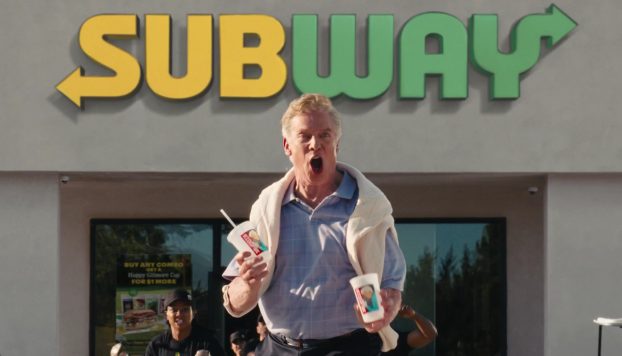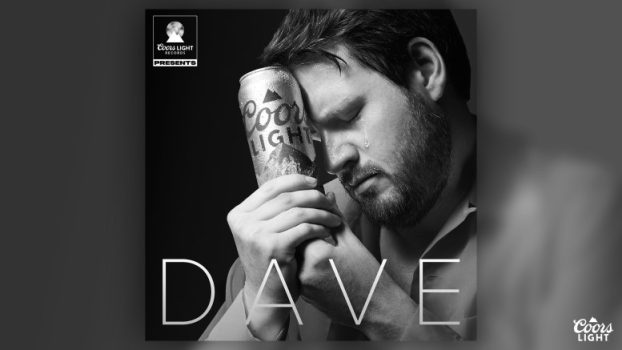By Zach Klein
Back when strategists were called account planners and mass advertising ruled the marketing universe, getting work done was relatively straightforward.
The planners, who were usually inclined towards playing the game on their own, would look at the challenge, do the investigative work and think through the problem. They would then come back with a game plan (aka the creative brief) that was treated with the reverence of the Ten Commandments when it was handed over to the creatives. The creatives would then run with the ball and come up with an ad concept to be placed in the mass media. The message would get out there, with the expectation that it would build awareness, brand affinity and drive purchase.
And that was it. Rarely did any of these people ever play beyond the top of the funnel.
Now, all of that has changed. The business environment is just too complex and fragmented for such an individualistic approach. And the tools and disciplines are also now so varied and fully interconnected. There are so many options to consider, so many elements that are crucial to the way the game needs to be played And strategy must be involved in every one of them.
As a result, strategy is no longer a question of skilled players doing their own thing. The knowledge requirement is just too vast. No one person can get the win.
Strategy is now truly a team sport.
And the team is playing along the entire funnel, from top to bottom. Which means that the strategy team needs to have representation and subject expertise at all stages, from brand to CRM, to social media, to UX and all the way through to acquisition and performance.
The key challenge now becomes how to get the team working together. How do you take all the bits and pieces and orchestrate them into one, interwoven, seamless game plan? How do you coordinate all this performance and turn it into one, holistic, powerful team effort?
At the same time, this new sense of team applies equally to the relationship between strategy and the different disciplines. Just as there needs to be cross-pollination across the disciplines, there also needs to be a partnership exchange between strategy and the various creative people who deliver the final output.
And this makes total sense. After all, the strategic act is also a creative exercise. The best strategic people are creative people and the best creative people are also great strategic thinkers.
This is how we tackle it at No Fixed Address: before we settle on the final brief, or the statement about “how” we are going to deliver the desired outcome, we explore all the options, from all perspectives. And that means bringing all the players to the table.
We set up a team meeting and invite everyone to flex their brains and help in defining what the final game plan should be. Once all the perspectives have been shared, it’s the strategist’s job to articulate the strategic direction and validate why the solution makes sense.
Ultimately, as the eminent strategist Mark Pollard puts it, strategy is “an informed opinion on how to win.”
But getting to that opinion now requires a fully coordinated team effort.
Zach Klein is head of strategy at No Fixed Address.
























